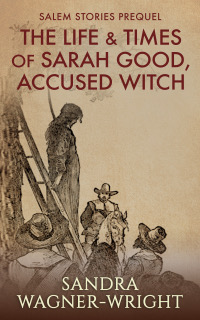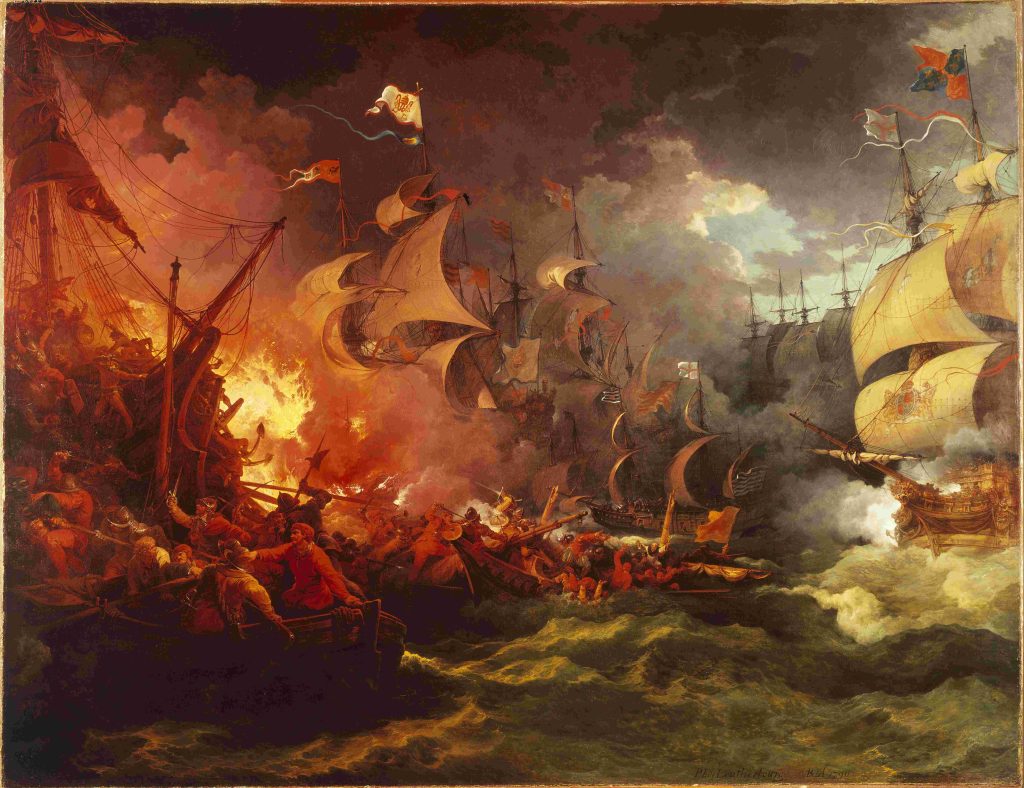The Painter’s Apprentice
On the cusp of England’s Glorious Revolution, a family is drawn into dangerous political events while desperately trying to save their safe-house for the melancholy from financial ruin. Beth, eldest of the four Ambrose children of Merryfields, is a gifted painter specializing in reproducing lifelike plants and flowers on canvas. Through a well-connected relation, she comes to the attention of the illustrious Bishop of London, Henry Compton, known for his love of gardening, and is asked to further the work of the recently deceased botanical artist, Alexander Marshall. Just as she’s settling into her beloved new profession, Beth is swept into intrigue involving a member of the king’s court. Meanwhile, she is struggling with personal matters and must choose sides between family and friends split by religious factions.
I wasn’t aware of this upon picking up the novel, but it is an extension of the author’s characters from a previous book, The Apothecary’s Daughter. However, it doesn’t read like a sequel; the flow is natural for a stand-alone. There are many endearing and well-rounded characters, but a few did not have balanced personalities. The sometimes predictable plot is redeemed by a significant twist in the second half of the story, and at that point it picks up momentously and is wrapped up nicely with a satisfying close.
With an uncommon setting in an interesting, under-written era and relevantly dramatic circumstances, this novel will appeal to a wide range of historical readers. There is romance and mystery, art and architecture, as well as psychological and herbal remedies strewn throughout the narrative. The rebuilding of London after the Great Fire and events surrounding King James II’s short reign are brought to life in this vibrant tale.










